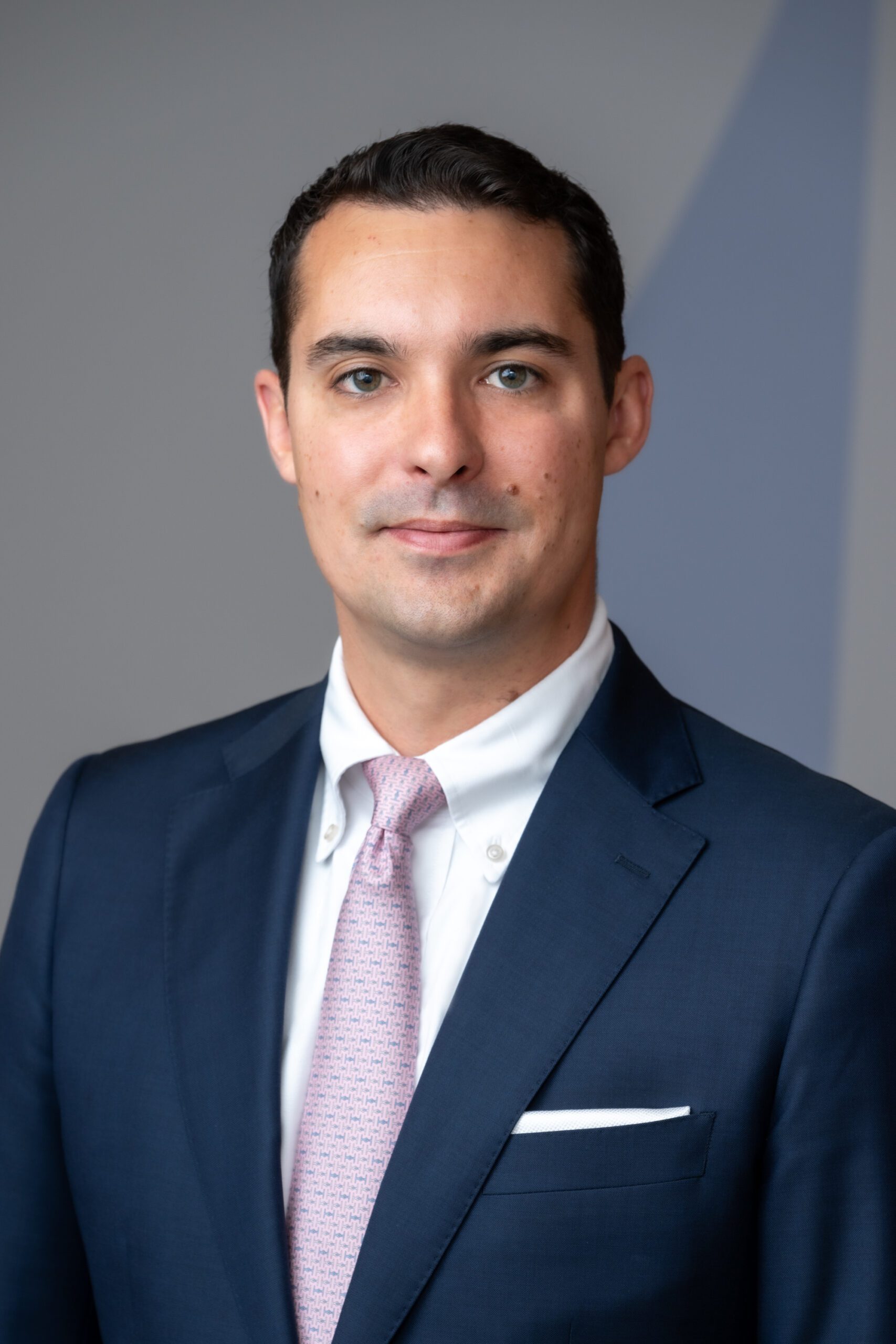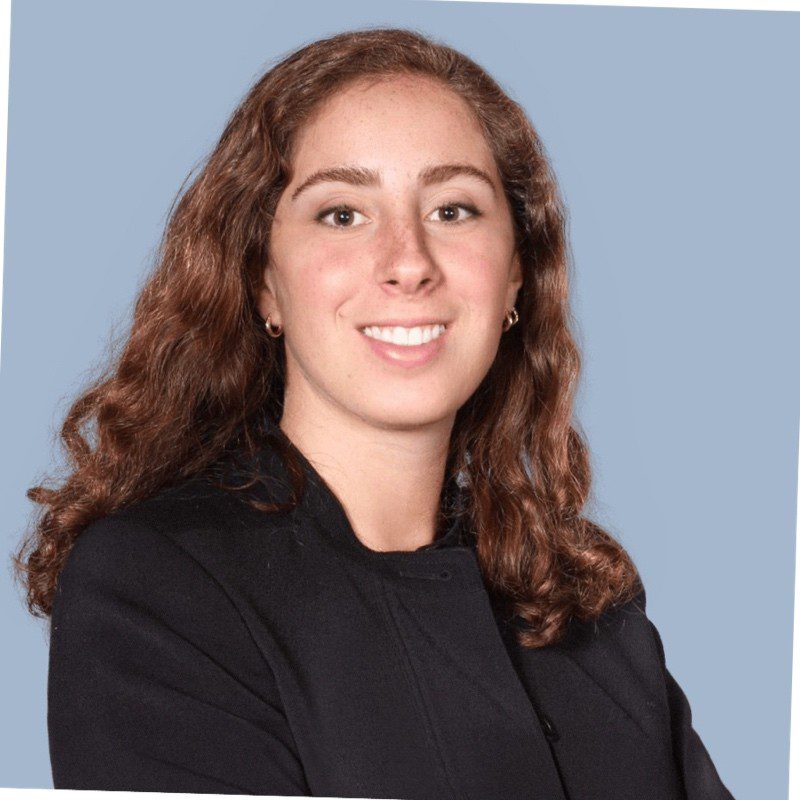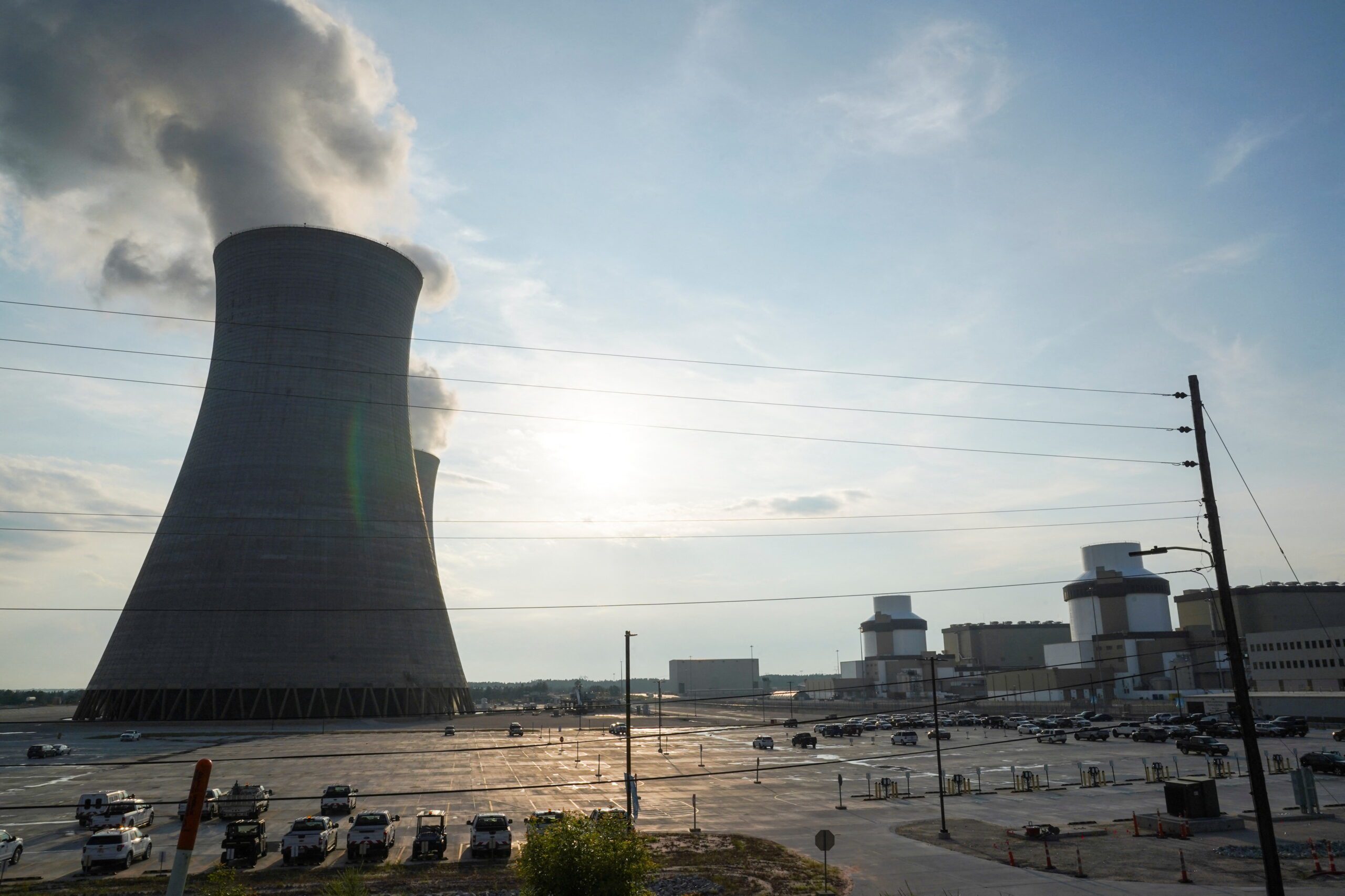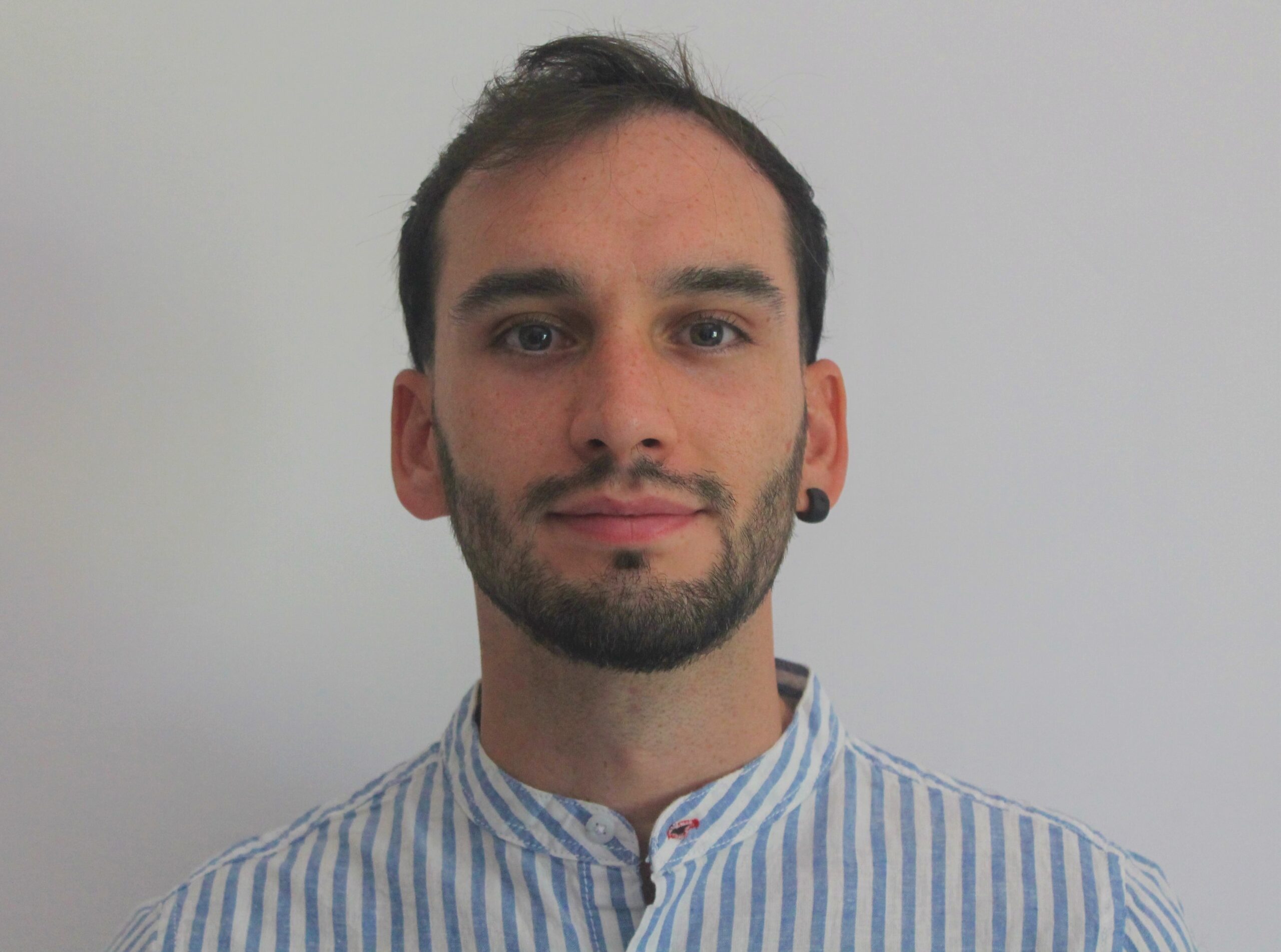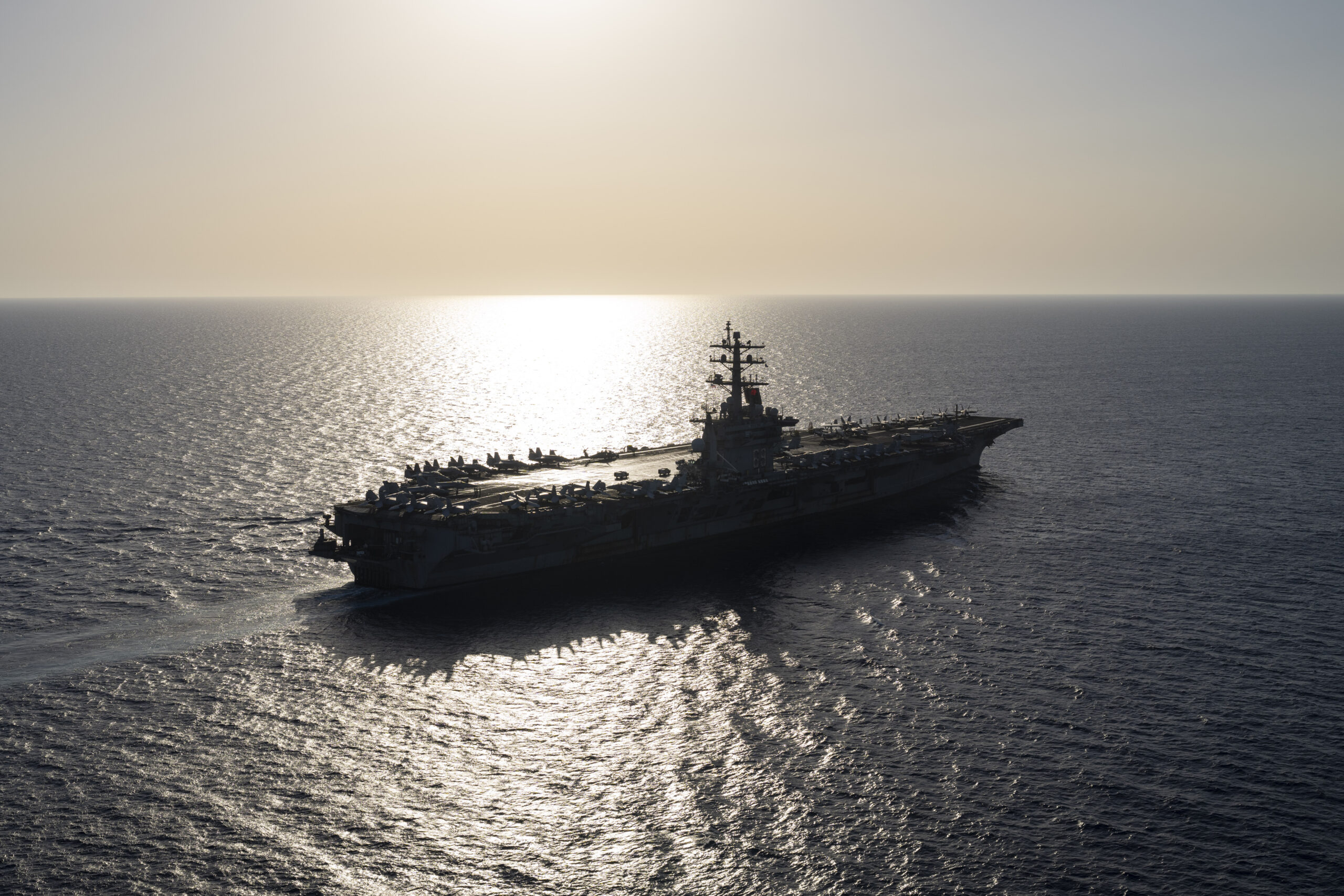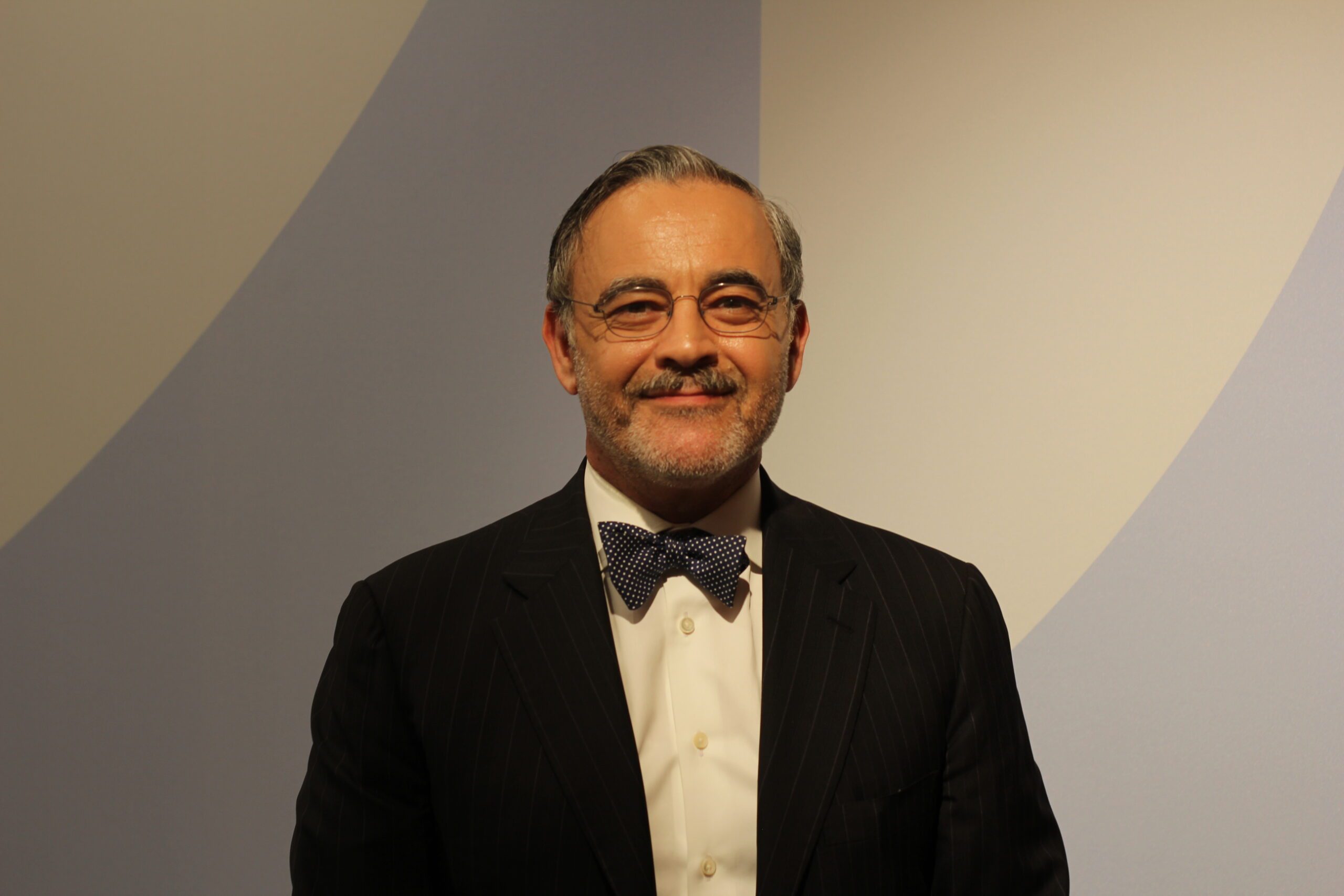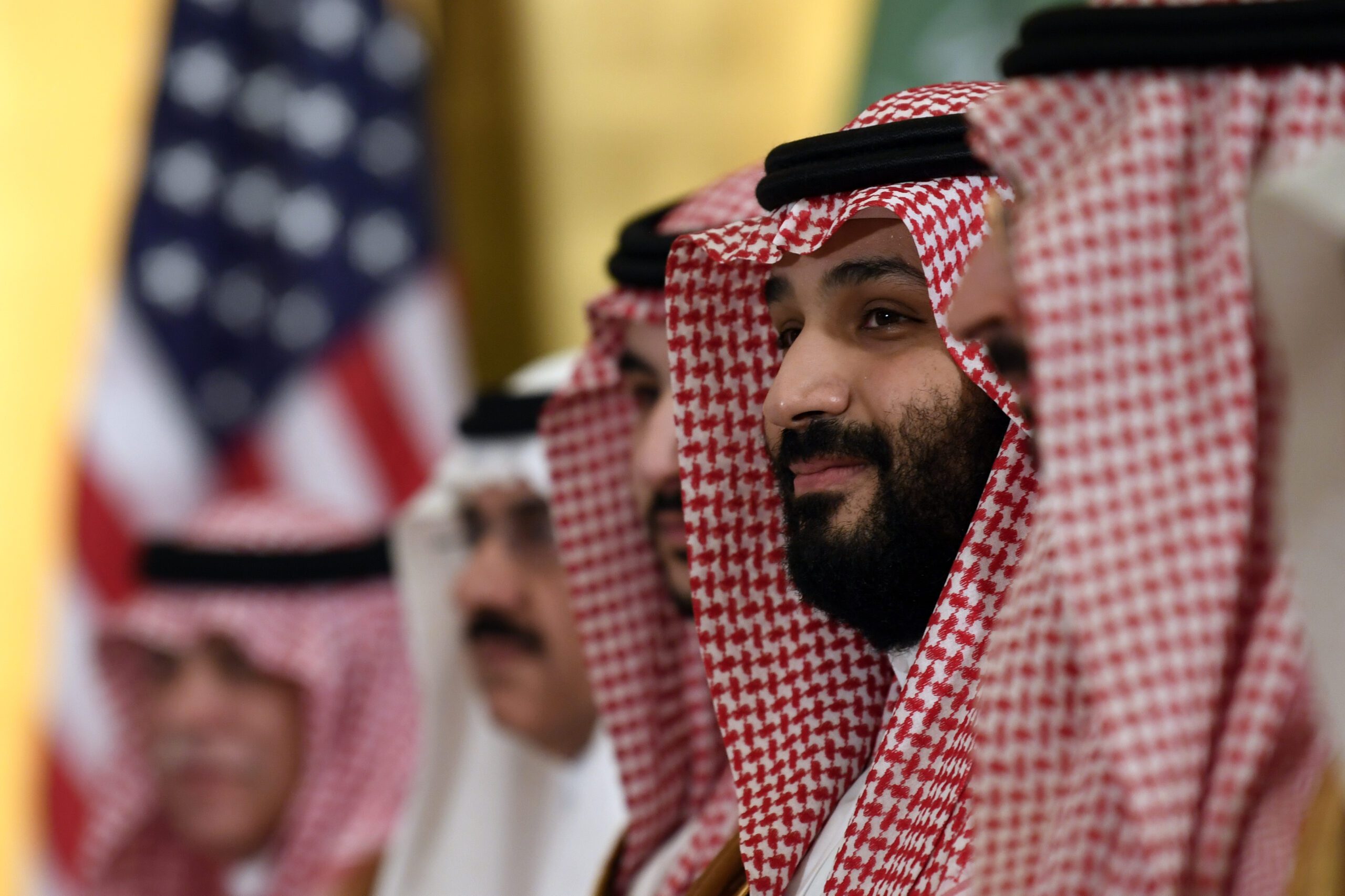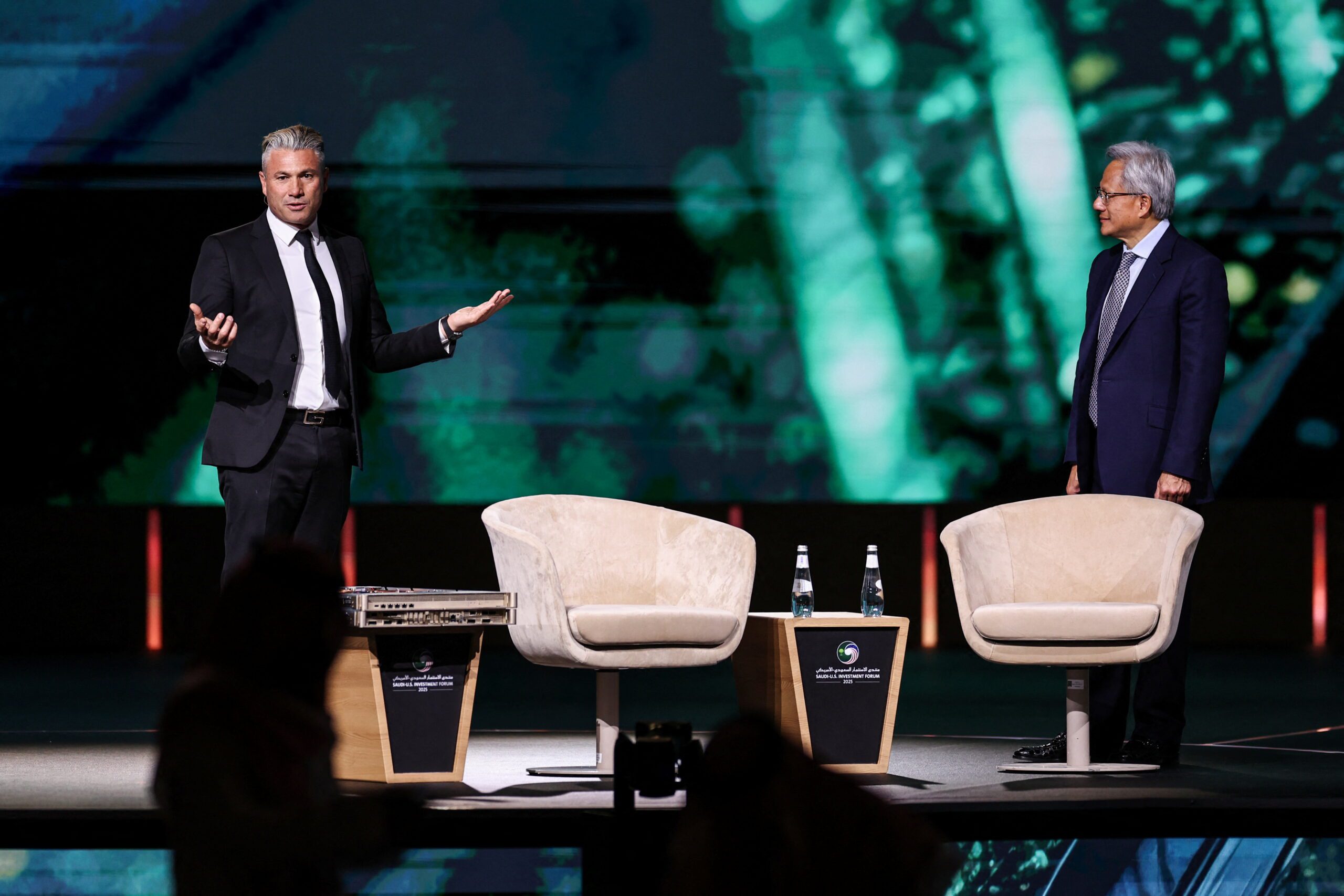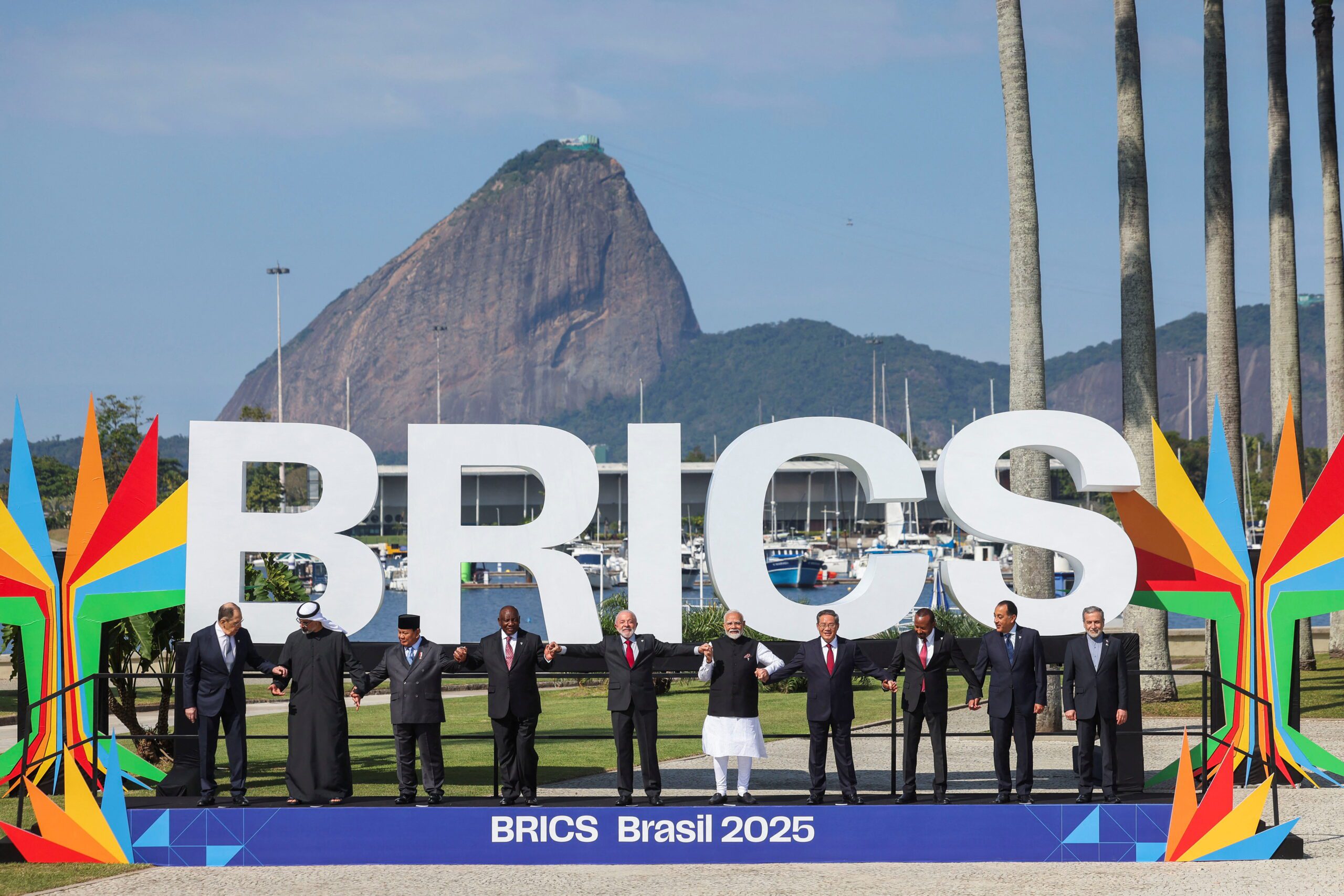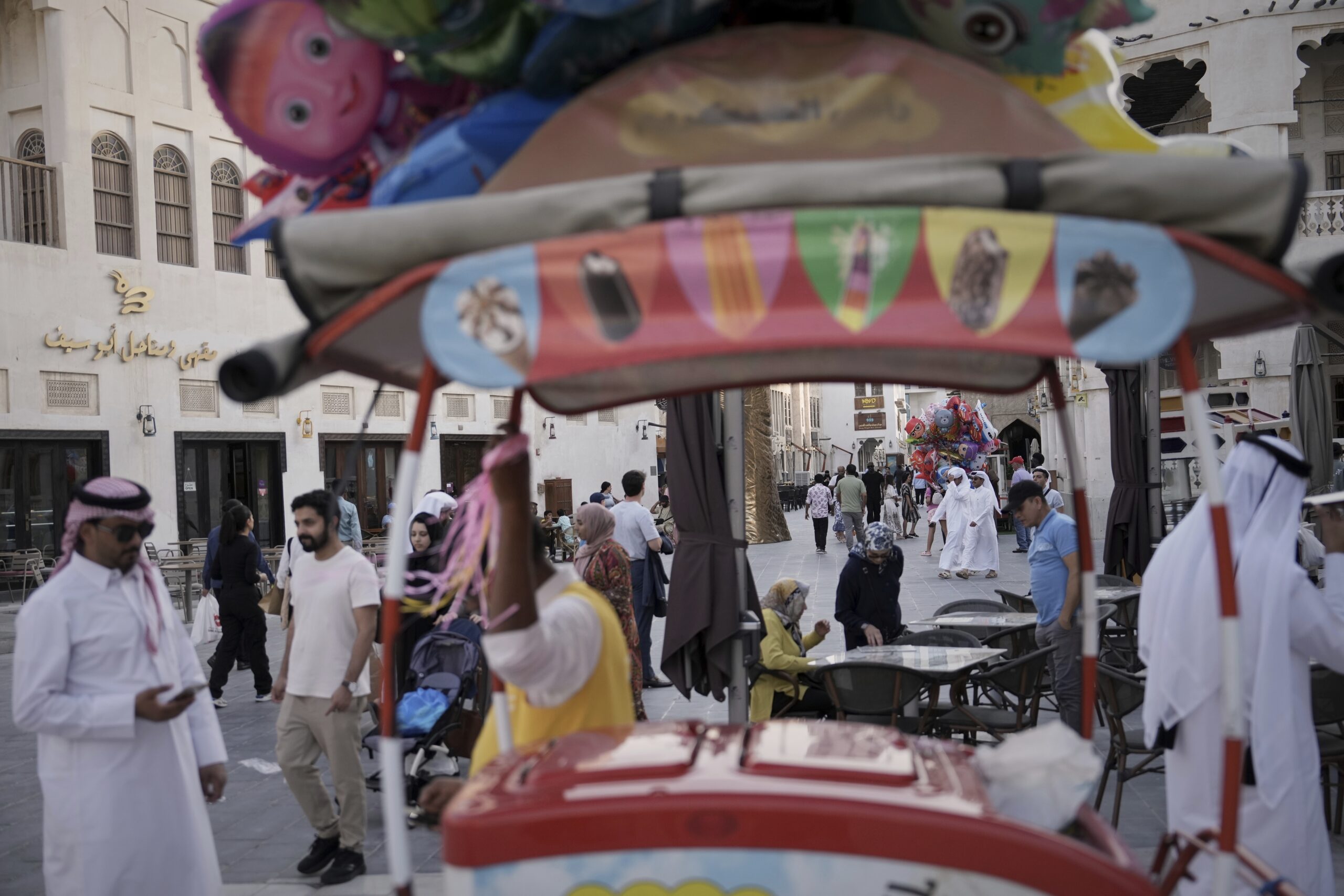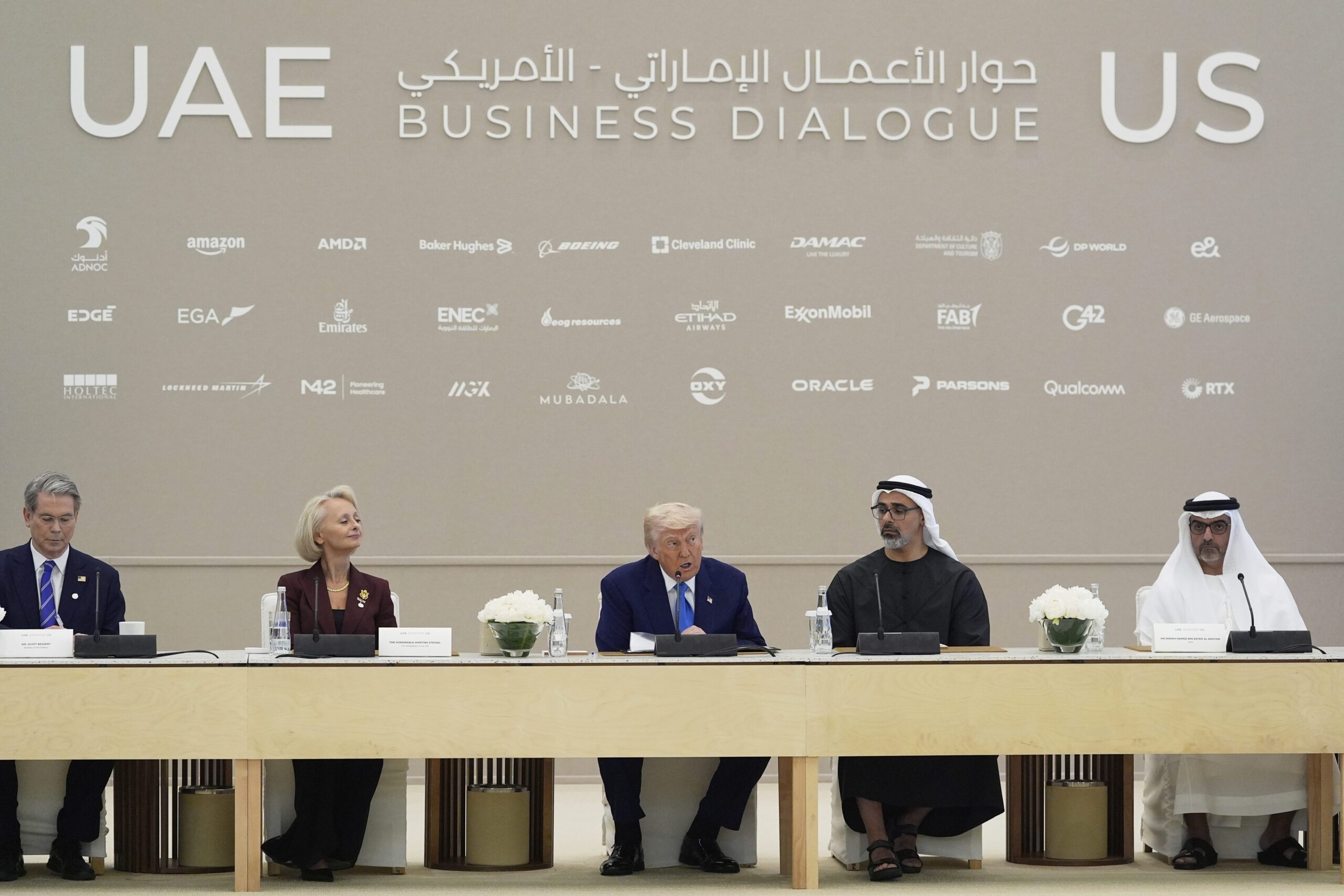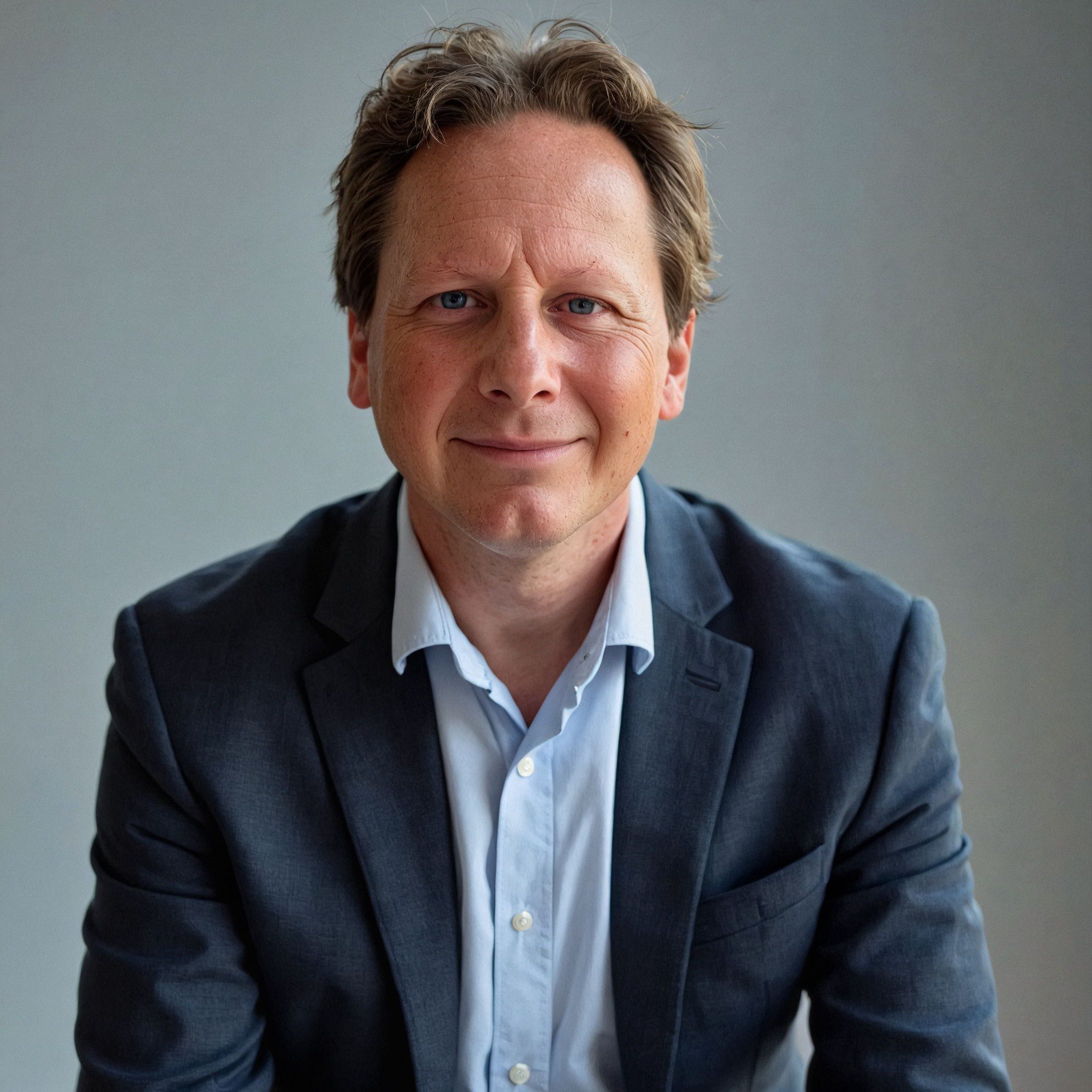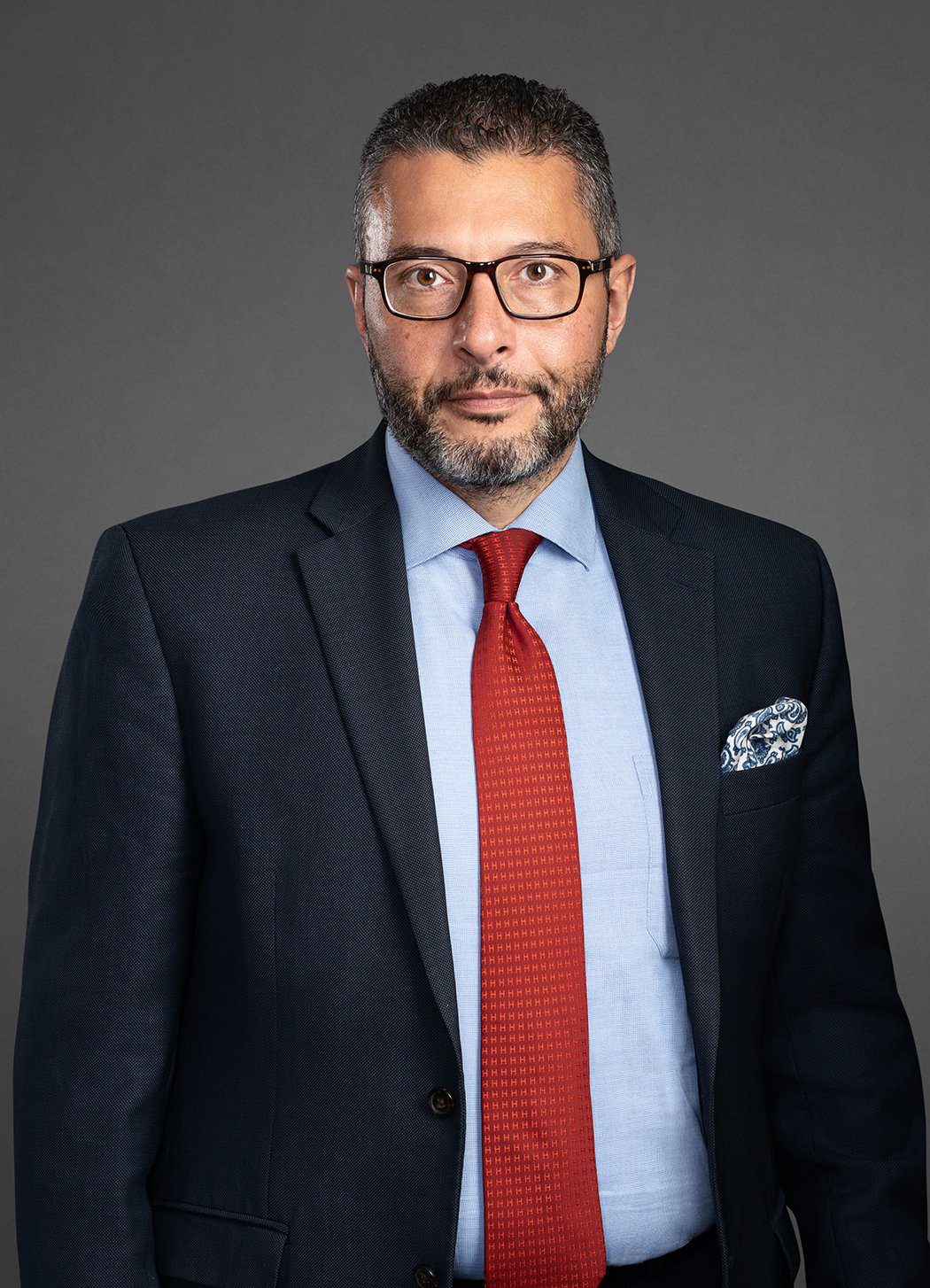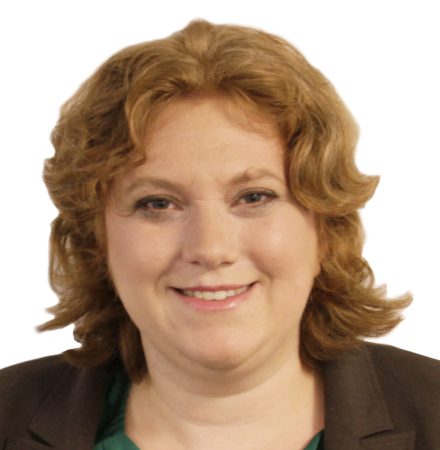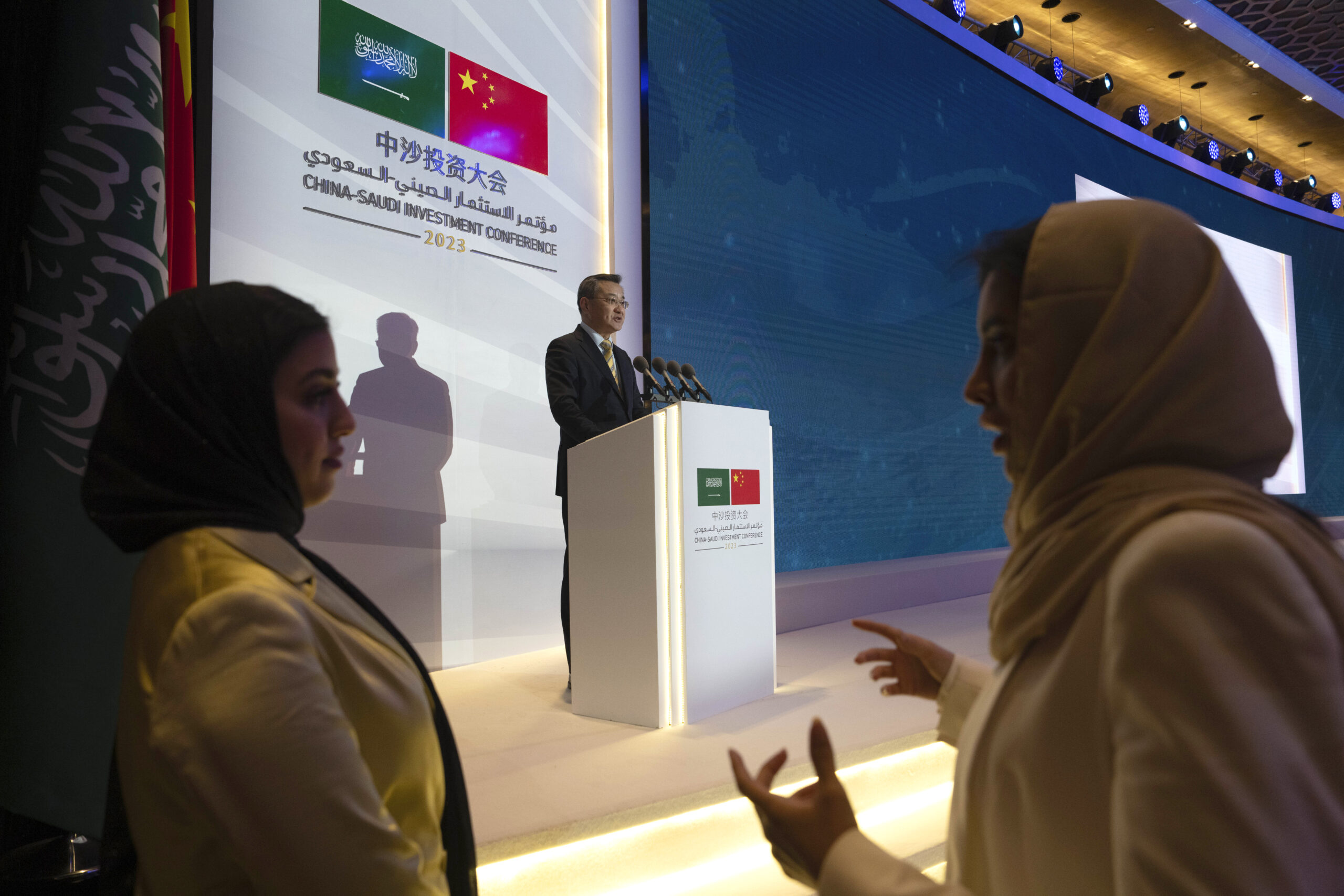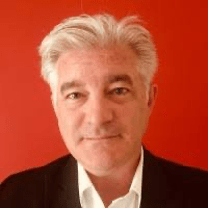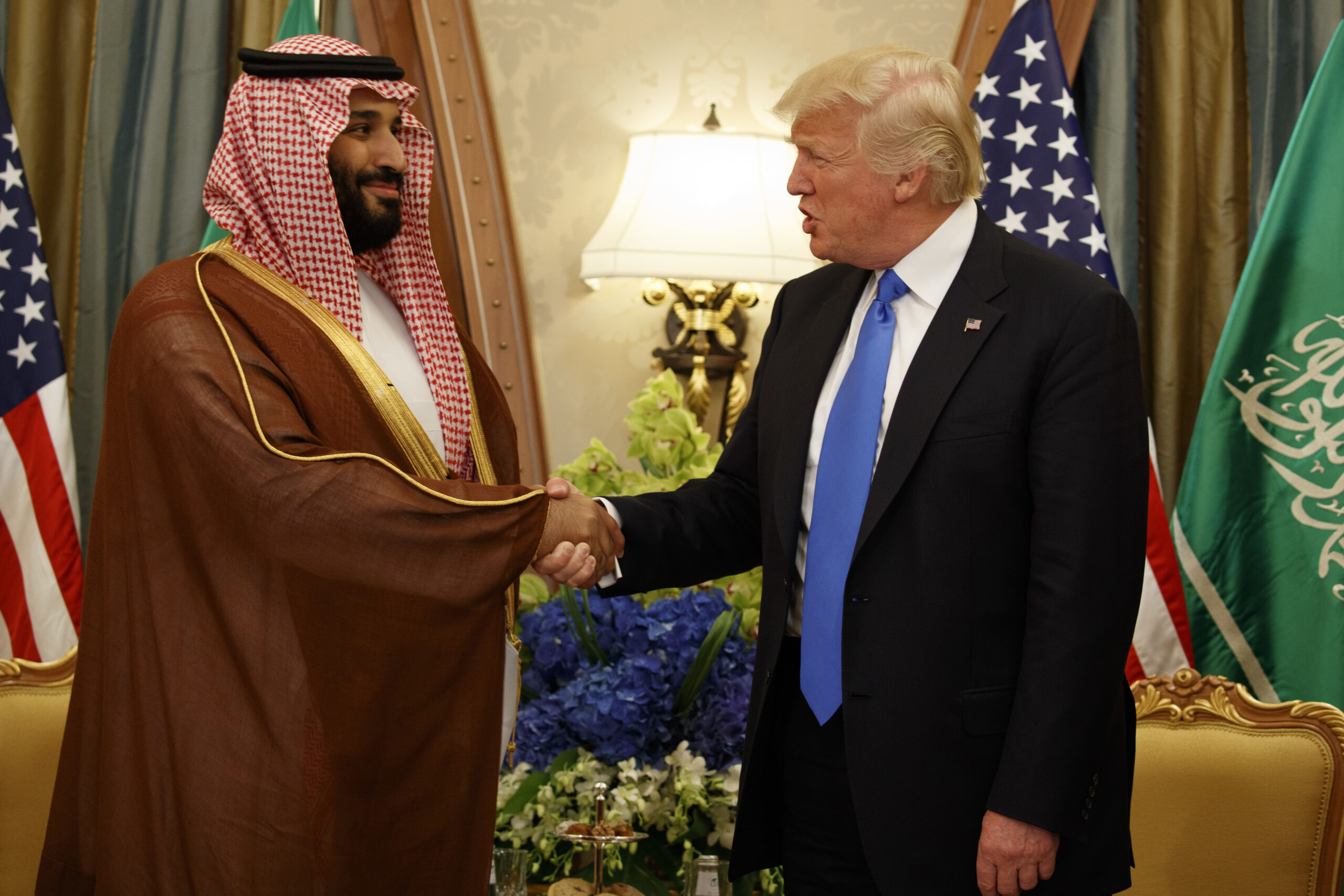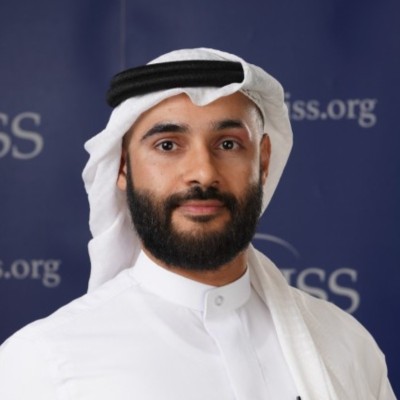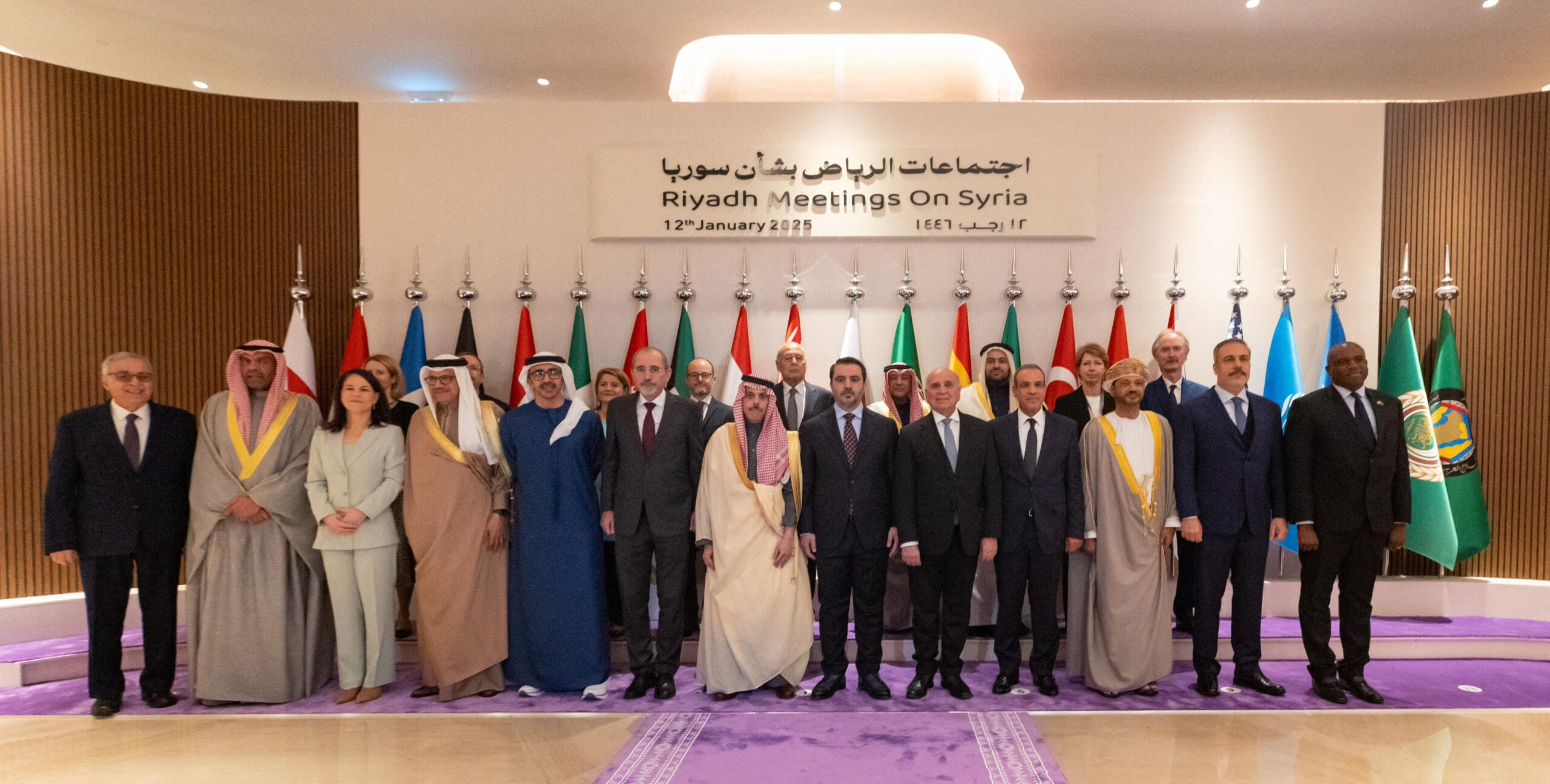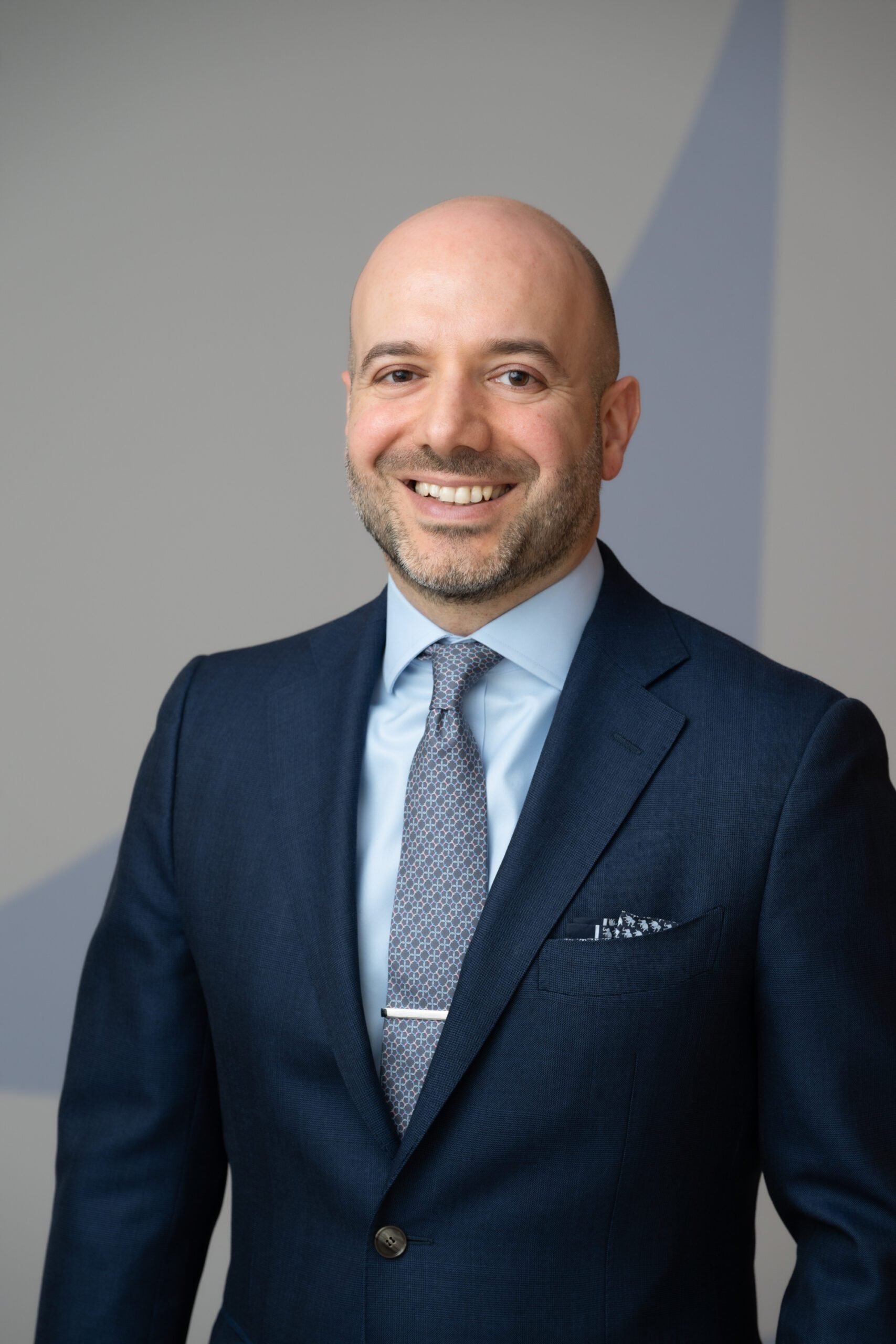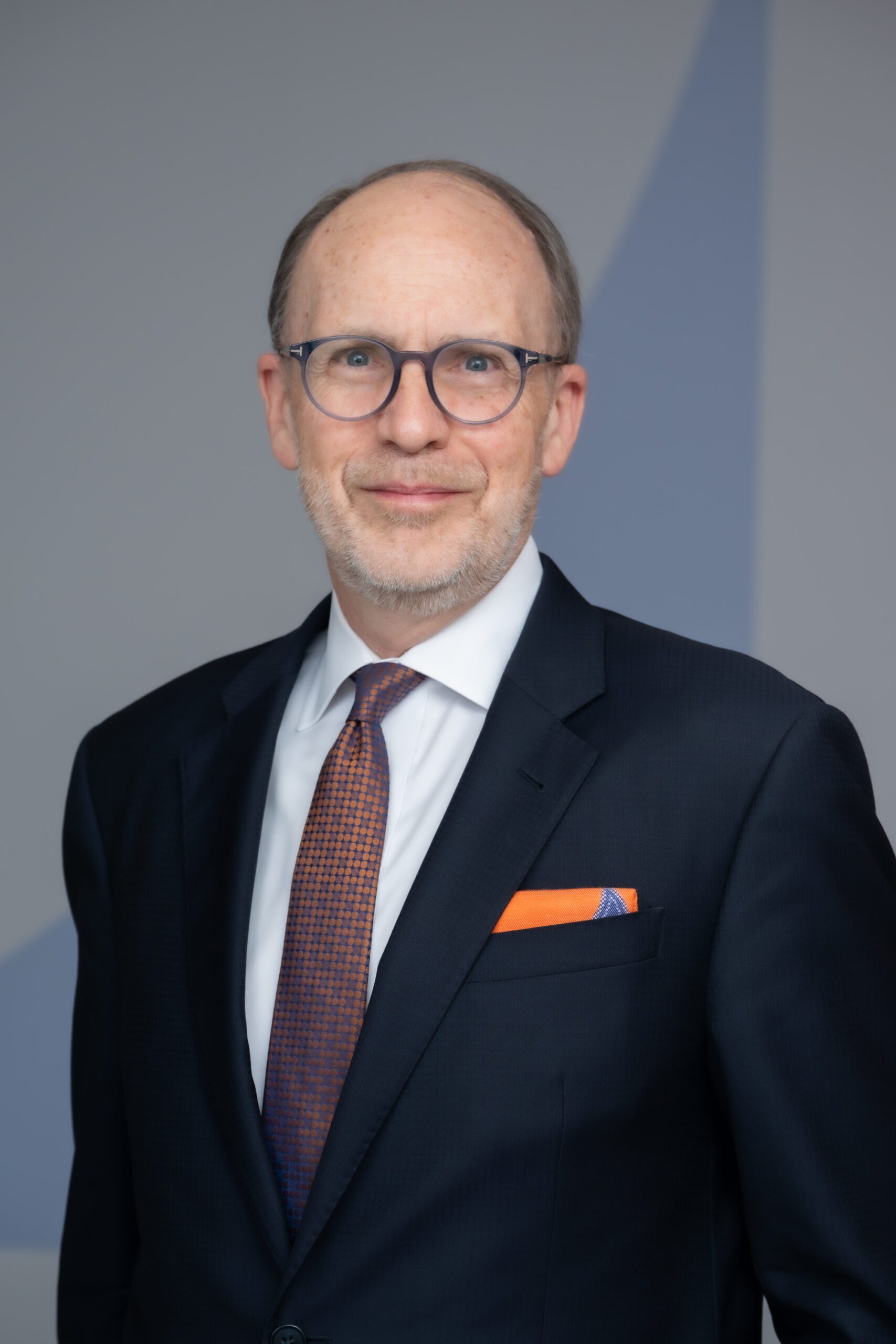Sep 16, 2019
As Personnel Shuffle, the PIF Marches Steadily to Saudi Vision 2030 Beat
The reshuffling of top officials in Saudi Arabia’s flagship state-owned firms and key ministries underscores the growing authority of the Public Investment Fund.
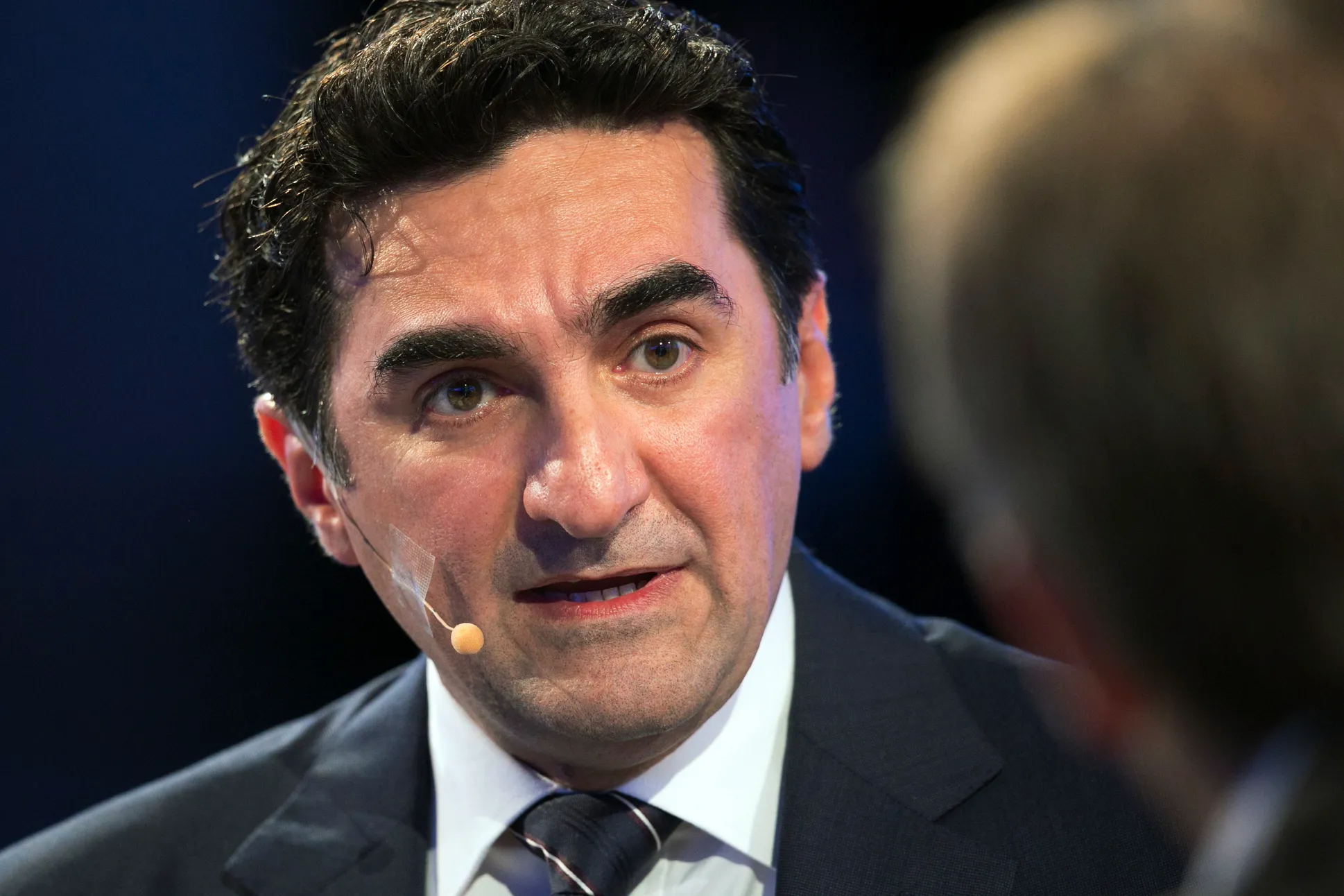
A series of royal decrees beginning August 30 reshuffled senior economic officials among Saudi Arabia’s flagship state-owned firms and key ministries. Yasir al-Rumayyan, head of the Public Investment Fund, became chairman of Saudi Aramco. Bandar Al-Khorayef will lead a new Ministry of Industry and Mineral Resources – splitting from the larger Ministry of Energy, Industry, and Mineral Resources. Prince Abdulaziz bin Salman succeeds Khalid al-Falih at the Ministry of Energy – breaking a tradition wherein nonroyals oversaw the country’s energy portfolio. Falih’s departure from Aramco and his ouster from the Ministry of Energy led many observers to view the personnel shakeup within the framework of an expected initial public offering of Aramco and a further centralization of power under Crown Prince Mohammed bin Salman. However, attacks on Saudi Arabia’s principal oil processing facility and one of its largest oil fields on September 14 may slow what had appeared to be growing momentum toward the IPO, as the world assesses the kingdom’s ability to secure its oil industry’s facilities.
A crucial process of institutionalization underlies these developments: the growing authority of the Public Investment Fund. Initially established by royal decree in 1971, the PIF rose to prominence in March 2015, when a Council of Ministers’ resolution moved oversight of the fund from the Ministry of Finance to the Council of Economic and Development Affairs. Mohammed bin Salman, who chaired the council, simultaneously became chairman of the board of the PIF. In 2016, the crown prince elevated the Sovereign Wealth Fund as a central component of Vision 2030. Rumayyan joined the PIF in 2017 as the fund’s governor: He also holds board seats at Uber Technologies Inc. and SoftBank Group. As of September 2017, the PIF reported assets totaling 840 billion Saudi Arabian riyals (approximately $224 billion) and aims to increase this figure to 1.5 trillion riyals ($400 billion) by 2020. According to estimates by the Institute of International Finance, the fund currently possesses around $300 billion in assets.
The increasingly prominent role played by the PIF and its senior officials is laid out clearly in Vision 2030. The PIF constitutes one of the 13 Vision Realization Programs, which the International Monetary Fund notes have now moved from design to implementation, and also plays a central role in most of the other economic programs. Considered the “engine behind economic diversity” in the country, the PIF’s function is broad and ambitious. The PIF aims to become the largest wealth fund in the world, with assets exceeding 7 trillion riyals (about $1.87 trillion) by 2030. This asset expansion involves a self-reported strategy of unlocking “strategic sectors requiring intensive capital inputs.” The PIF also intends to assume ownership of Aramco – an objective that helps contextualize the recent strengthening of interorganizational linkages between the fund and the energy giant – and open its headquarters in the King Abdullah Financial District.
The PIF is likewise responsible for funding high-profile domestic development and economic diversification initiatives, such as Neom, the Red Sea Development project, and Qiddiya. The closed joint-stock Neom Company responsible for developing the $500 billion futuristic megacity is fully owned by the PIF, as is the Red Sea Development Company. The fund signed an agreement with Six Flags in April 2018 to design and develop an amusement park in Qiddiya, an entertainment city outside Riyadh. Rumayyan sits on the boards of both the Red Sea Development Company and Qiddiya.
By contrast, Vision 2030’s intentions for Aramco are more modest. The vision’s primary aim involves transforming Aramco into a “global industrial conglomerate.” This provides some context for the creation of a distinct Ministry of Industry and Mineral Resources headed by Khorayef, a businessman from the Saudi industrial conglomerate Khorayef Group. The vision also classifies Aramco within a broader process of listing private Saudi companies and state-owned firms. Saudi officials believe privatization initiatives will generate up to 40 billion riyals (approximately $10.7 billion) in government revenue and result in around 35 billion riyals (around $9.3 billion) in net government savings by 2020.
The IPO of Aramco – as well as the execution of stalled privatization deals – will ultimately generate additional investment capital for the PIF. To be clear, Aramco will remain the country’s primary revenue generating mechanism for the foreseeable future: The oil giant paid $102 billion in income taxes to the Saudi government in 2018. Yet other funding avenues are being considered. Saudi officials reportedly talked with some of the country’s wealthiest families about becoming anchor investors. The government plans to list Aramco on the Riyadh stock exchange before an international listing of the oil company. This phased process would facilitate local investment and test demand in a controlled environment. However, fading optimism over a rapid recovery in oil production after the September 14 attacks will heighten the geopolitical risk premium.
A major challenge for the PIF involves countering the perception that its international investments are too risky and not aligned with the long-term interests of the country’s citizenry. The PIF contributed a reported $45 billion of equity investment in SoftBank’s first vision fund; however, Saudi officials so far have decided not to invest in SoftBank’s second vision fund. Additional stakes of 4.9% in Tesla (worth $2.9 billion) and 4.3% in Uber (worth $3.4 billion) remain part of the fund’s portfolio. Fund officials are actively looking to expand the international components of the PIF’s portfolio: International assets are expected to reach 25% of the overall assets by 2020. In past statements, Rumayyan indicated his intention to achieve a long-term target of a high single-digit return for the fund.
It may be difficult to achieve this rate of return by investing heavily in domestic industries and firms – key elements of the fund’s restructuring program. The PIF aims to establish and support “durable national corporations” involved in the petrochemical, information technology, financial services, and utility sectors. New domestic assets created by the fund – presumably riskier given their untested nature – are expected to reach 20% of assets by 2020. Part of this domestic push involves localizing cutting-edge technology and knowledge sectors, which the government hopes will contribute 11,000 highly skilled jobs by 2020. Other sectors targeted for development include military and defense, entertainment, and e-commerce. With international and new domestic assets expected to consume 25% and 20% of the fund’s portfolio respectively, it seems that existing domestic assets will constitute the remaining 55%. However, the annual growth rate in Saudi Arabia between 2010 and 2018 averaged just 3.78%, indicating a potential gap between expectations and market performance.
Rumayyan will have his work cut out for him. With 2020 target deadlines looming and costs from the early phases of national development projects piling up, there is greater pressure to fill the fund’s coffers and realize a solid return on investments. Aramco remains an indispensable financial mechanism for accomplishing the PIF’s objectives in the short and medium terms. However, the PIF appears more and more to be the bellwether for the economic transformation envisioned in Vision 2030.
The views represented herein are the author's or speaker's own and do not necessarily reflect the views of AGSI, its staff, or its board of directors.
